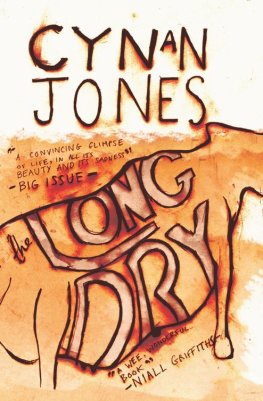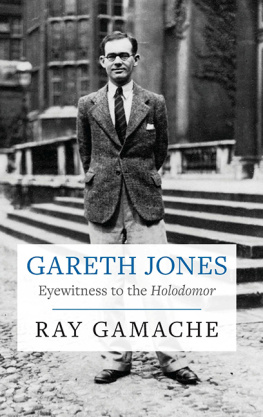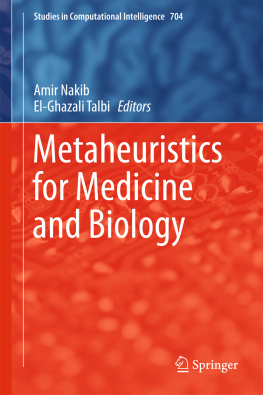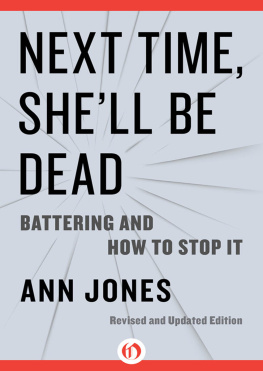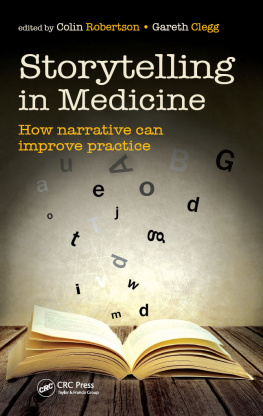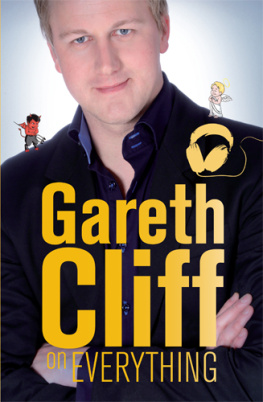First published 2000 by Ashgate Publishing
Reissued 2018 by Routledge
2 Park Square, Milton Park, Abingdon, Oxon OX14 4RN
711 Third Avenue, New York, NY 10017, USA
Routledge is an imprint of the Taylor & Francis Group, an informa business
Copyright D. Gareth Jones 2000
All rights reserved. No part of this book may be reprinted or reproduced or utilised in any form or by any electronic, mechanical, or other means, now known or hereafter invented, including photocopying and recording, or in any information storage or retrieval system, without permission in writing from the publishers.
Notice:
Product or corporate names may be trademarks or registered trademarks, and are used only for identification and explanation without intent to infringe.
Publishers Note
The publisher has gone to great lengths to ensure the quality of this reprint but points out that some imperfections in the original copies may be apparent.
Disclaimer
The publisher has made every effort to trace copyright holders and welcomes correspondence from those they have been unable to contact.
A Library of Congress record exists under LC control number: 99045032
ISBN 13: 978-1-138-63445-9 (hbk)
ISBN 13: 978-1-315-18822-5 (ebk)
Why write about dead human bodiesthe corpses of general speech, the cadavers of an anatomy department's dissecting room or a hospital's research laboratory? And why set oneself up as an advocate for these lifeless remains, by 'speaking' for them?
Questions of this nature point to the tentativeness with which we frequently approach the remains of those who were once like us, but who now appear to be separated from us by an unfathomable gulf. And yet the many ways in which we identify with them forces us, as it were, to engage with them in an apparent dialogue. The manner in which we respond to the dead, the use we make of their skeletal remains and their tissues, the ways in which we learn about ourselves by studying them, all raise ethical queries that go to the heart of what it means to be human. Hence, the apparently unfathomable gulf between them and us is far less unfathomable than we often imagine, and presses upon us the importance of exploration and understanding of the many links between the living and the dead. Anyone expecting to find a summary of human anatomy in these pages will be disappointed. There is no human anatomy as such, if by that one means a description of gross anatomical features. That is not my intention.
For many of my years in anatomy departments, issues that we would now consider to have ethical overtones were taken for granted. Indeed, there didn't appear to be any ethical issues in anatomy. The range of poignant ethical questions confronting those in clinical fields seemed to have passed anatomists by. Those of us finding ourselves in anatomy departments were spared having to confront issues like those of informed consent, of deciding what to tell patients faced by imminent death, or of deciding when to turn off respirators. We simply dealt with dead people, and not unexpectedly, dead people didn't seem to pose too many problems. They had been obtained by legitimate means, as had the brains used in neuroanatomy classes and the skeletons that decorated the walls of the dissecting room, the anatomy museum, and sometimes the lecture theatre. When we weren't dealing with dead people, we were looking down microscopes at dead, fixed pieces of tissue, sometimes from humans, sometimes from animals. Once again, where were the problems? It's true we did look at embryos, but even these were often of pigs rather than human beings. Even when they were of humans, they had probably been obtained many years previously, and where were the ethical issues there?
Of course, many staff in anatomy departments did research work, but as often as not they used laboratory animals rather than human beings or even human material. Like other biologists, we realized there were ethical problems associated with using animals in research work, but they were not the problems of anatomists as such. Although the use of human material in research had been at the forefront of anatomists' work in earlier years, it had played an ever-decreasing role in more recent years. True, some devoted their time to studying human bones obtained from archeological digs, but these were not generally seen as posing any especially difficult ethical problems. As long as they were treated with care and dignity, they could be kept indefinitely.
This description may be something of a caricature, and yet it is probably not too far removed from reality. But all this began to change as a revolutionary renaissance we now know as bioethics broadened and transformed what had been the much more confined domain of medical ethics. Ethical analysis that had been confined to specifically clinical realms and to isolated topics such as abortion, began to be applied to the reproductive technologies and organ transplantation, immediately raising profound ethical queries at both ends of life. These were the status of the embryo at one end and brain death at the other, both of which can only be addressed by reference to the human body.
What is surprising is that, as the human body has been increasingly exposed to ethical assessment, anatomists have failed to respond to the challenges this has posed for their craft. No longer is it possible for the world of anatomy to remain isolated from the world of ethics, or even the variety of social forces milling around it. In reality, of course, it never has been isolated, but anatomists have acted as though this were the case. The bodies being "anatomized" in the dissecting room were obtained in a variety of ways, some more ethical than others. The skeletons purchased from reputable companies in the West came from what were probably far less reputable sources in India. Much of the skeletal material of indigenous peoples emanated from a scientific culture far removed from that of today's, in some instances characterized by racist attitudes anathema to today's scientific climate. This is just a start, but it is sufficient to indicate a largely untapped realm in need of exploration.
Any such exploration will have to attempt to bring together the numerous strands of ethical discussion that are currently taking place on different facets of the human body, human tissue and human material. The results are surprising, since what has emerged is that, together, these constitute a common thread weaving its way through so many of the debates that constitute the medical side of bioethics. This is not a new finding, since as long ago as 1985, Kass commented in the following terms: 'How to treat dead bodies may seem to be a trivial moral question, compared with all the seemingly vital problems that confront the living. But, from a theoretical point of view, few are as illuminating of our self-conception and self-understanding'. It is this realization that I hope will emerge from reading this book.
It is a truism to assert that anatomists need ethics. However, what is more important is that the ethical issues anatomists are confronted with are of concern to many others within society as well; hence this book, which is aimed at a general readership, that is, at anyone interested in ethical issues impinging upon the human body. However, this book differs from many others on bioethical issues, in that I have taken advantage of the interests of anatomists to view even well-known ethical issues from the perspective of one who is primarily concerned with the human body and human tissue. In this I differ from many others whose perspective is dictated by clinical considerations. I have also attempted to grapple with the interconnections between a range of ethical questions, rather than tackle them as independent entities. In doing this, I have been surprised at the demands this has placed upon me, and also at the intriguing vistas it has revealed. Consequently, the approach I have adopted has a number of unusual dimensions.




